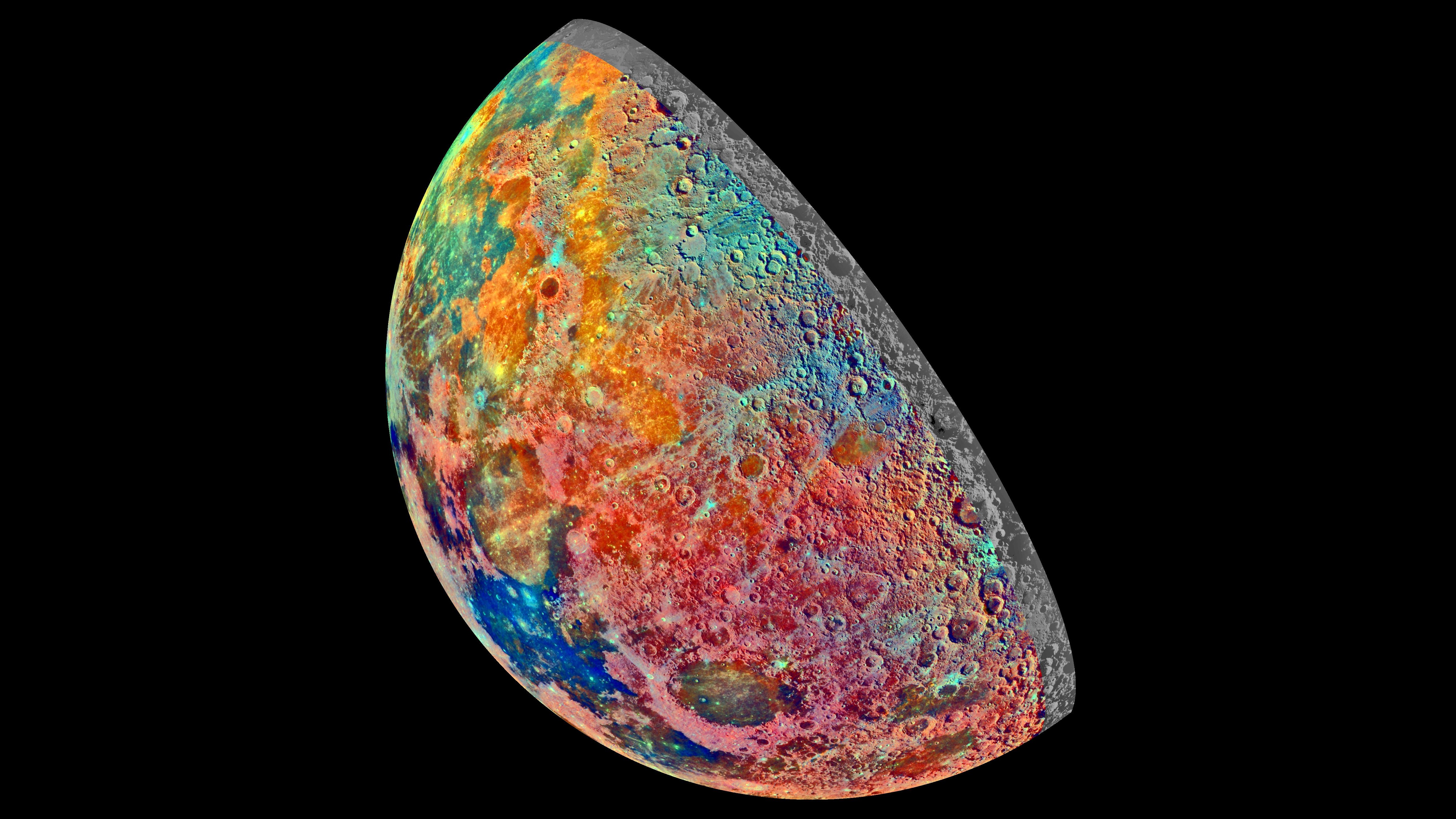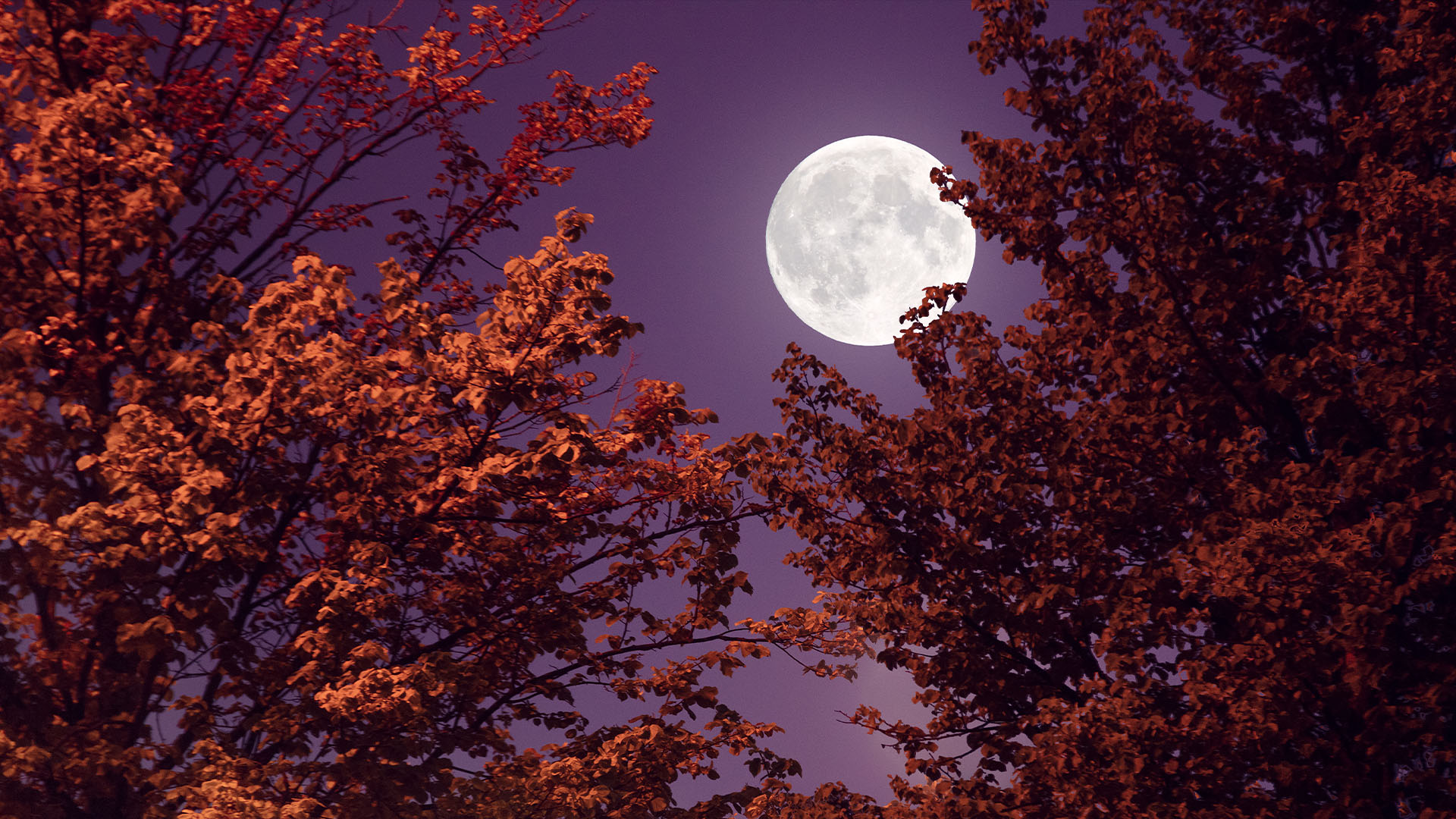What would happen if the moon disappeared tomorrow?
The moon controls the tides, impacts marine ecosystems, and subtly influences time on Earth. So what would happen if the moon suddenly disappeared?

Earth's moon plays a significant role in our culture, language and thoughts. But does it … you know … matter?
If the moon disappeared in the blink of an eye tomorrow (and for discussion's sake let's assume it does so nonviolently), would we even notice? Would we even care?
Well, it depends. The world as we know it is tied to the moon in more ways than most of us realize. Let's take a look at how Earth might change without its natural satellite...
Do you like tides?
Gravity — at least the Newtonian kind — is pretty straightforward: The closer you are to something, the stronger its pull of gravity. So stuff that's closer to the moon gets a stronger gravitational tug, and stuff that's farther away gets a weaker one. Easy-peasey. When looking at the effects of the moon on the Earth, you can essentially boil it down to three parts: The Earth itself, the ocean-close-to-the-moon and the ocean-far-from-the-moon.
On any given day, the ocean closest to the moon gets a bonus gravitational pull, so it rises up slightly, reaching out in watery embrace to what it can never reach. And since the ocean is so big, all the water from one horizon pushes up against water from the other, resulting in a fantastic tidal bulge.
Related: An extra moon may be orbiting Earth — and scientists think they know exactly where it came from
OK, tide on one side of our planet, done. But what about the other? The solid rocky bits of the Earth are closer to the moon than the ocean on the far side, so the Earth too gets a little more snuggly with the moon, leaving the far-side ocean behind. Result? Tides on the far side. From the perspective of someone standing on Earth, it looks like that ocean is rising up, but really it just doesn't get to join the party. And there you have it: two tides on opposite sides of the Earth.
Get the world’s most fascinating discoveries delivered straight to your inbox.
If the moon disappeared, we wouldn't be totally out of tidal luck; the sun also stretches and squeezes the Earth, so our surfing opportunities wouldn't be completely eliminated.
However, the impact on animals would likely be far greater. Coastal ecosystems rely on tides to churn up material from the sea floor, according to the Royal Museums Greenwich. Smaller tides would cause coastal ecosystems to suffer, having knock-on impacts to other land and sea animals, potentially resulting in mass extinctions. Predators that hunt by night would likewise leave a lot of prey on the table without the moon's light aiding them, resulting in other unpredictable environmental changes.
Do you like 24 hours in a day?
The Earth used to spin on its axis faster than it does today. As in, way faster. After the hypothetical giant impact that led to the formation of the moon, the Earth's day was as short as 6 hours. How did it get to a leisurely 24?
That's right, it was the moon! The moon makes some pretty nice tides, but the Earth is also spinning on its axis. That spinning physically drags the tidal bulges around the planet. So instead of the tides appearing directly beneath the moon, they're slightly ahead of it, orbitally speaking.
So you've got a big lump of extra ocean water in a place where it's not supposed to be. Since gravity is a two-way street, that lump pulls on the moon. Like tugging a reluctant dog on a leash, that tidal bulge yanks on the moon bit by bit, accelerating it into ever-higher orbits.
By the way, the moon is slowly getting farther away from Earth. And that energy to accelerate the moon has to come from somewhere, and that somewhere is the Earth itself: Day by day, millennium by millennium, the Earth slows down, converting its rotational energy into the moon's orbital energy.
If you took away the moon, itꞌs not like this process would reverse, but it wouldn't keep going. That might or might not be a good thing, depending on how much you like the length of your workday.
Do you like seasons?
The Earth's axis is tilted, and that tilt can change with time. No biggie, all the planets do it; it's fun. But what'snot fun is when the tilt changes rapidly. What would happen if Antarctica pointed straight at the sun for 24 hours a day, plunging North America and Europe into permanent darkness? And then a few hundred thousand years later it flipped over? We take the long-term regularity of our seasons for granted, and we might have the moon to thank for it.
Those kinds of crazy wild swings in the axial tilt are due to resonances, or unlucky interactions with distant objects in the solar system. For instance, letꞌs say that one day in its orbit the Earth's axis just happens to point away from the sun, and Jupiter is hanging out in that direction at the same time. And let's say that happens again … and again … and again. Every time Earth's axis and Jupiter line up, it gets a super-tiny gravitational pull. At first it's nothing. But over millions of years it can add up. Before you know it, the accumulation of tugs has flipped the Earth over like a pancake.
What might stabilize this is the moon: it's really, really big (at least compared with the Earth), and orbits us pretty fast. All that angular momentum (rotational energy) prevents the other planets from playing any axial shenanigans.
Or not. The moon may actually be hurting us in the long term, since it's slowing us down, which makes us more susceptible to the intrigues of the outer planets. But that's a billion-year problem anyway, and if the moon disappeared tomorrow, our seasons would still be seasonal for a really long time.
So, besides the tides, would we notice a disappeared moon? Well, yes, because it's really big and bright, and there'd be nothing to howl at anymore. (Also, no moon means no total solar eclipses!)
While life on Earth would still go on (except potentially for some unlucky animals), it would take some serious getting used to.
A version of this article was originally published on July 23, 2016. It was updated on May 1, 2024 to include new information and images.

Paul M. Sutter is a research professor in astrophysics at SUNY Stony Brook University and the Flatiron Institute in New York City. He regularly appears on TV and podcasts, including "Ask a Spaceman." He is the author of two books, "Your Place in the Universe" and "How to Die in Space," and is a regular contributor to Space.com, Live Science, and more. Paul received his PhD in Physics from the University of Illinois at Urbana-Champaign in 2011, and spent three years at the Paris Institute of Astrophysics, followed by a research fellowship in Trieste, Italy.






